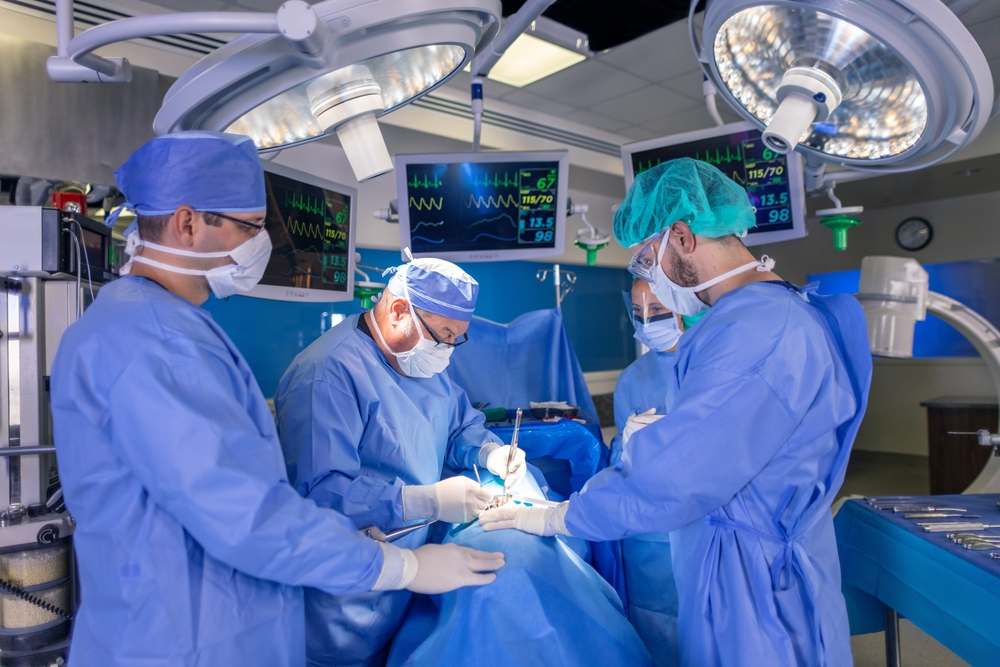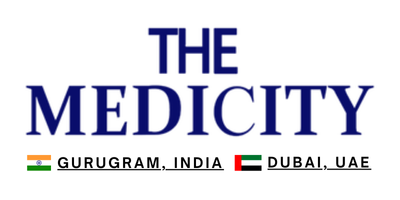- +91 9355-696-696
- +91 8686-58-2020
- +971 52 539 1708
- Locations - Gurugram, India I Dubai, UAE
Hands on laparoscopic training Centre
Get the schedule course

Best Hands on Laparoscopic Training Centre in India At The Medicity
The Best Hands on Laparoscopic Training Centre in India, recognized as the top choice among best laparoscopic training centres in india. Our institute sets itself apart by delivering unparalleled laparoscopy courses tailored for gynaecologists, placing a strong emphasis on practical experience and the development of essential skills.
Immerse yourself in the hands on laparoscopic training in india, where mastering trocar placement takes center stage—a crucial aspect for the success of laparoscopic surgeries. Elevate your expertise through specialized laparoscopic surgery training courses meticulously designed for general surgeons and urologists.
Our programs, including FMAS and DMAS in laparoscopic Training, are meticulously crafted to empower professionals, ensuring mastery in minimally invasive surgery. Choose the leading institute for laparoscopic surgery training courses in india and propel your career forward with a fellowship in laparoscopic surgery. Unlock new heights of proficiency with our comprehensive courses and become a sought-after expert in the field.
Explore the best hands-on laparoscopic training center in India, offering unmatched courses for laparoscopy training for gynaecologists in india and professionals seeking advanced skills. Our institute stands out among the best laparoscopic training centers, focusing on practical experience and skill development. Dive into comprehensive laparoscopic surgery training courses crafted for general surgeons and urologists, including FMAS and DMAS programs. Choose the top institute for hands-on laparoscopic training in India, and take a significant step towards mastering minimally invasive surgery. Elevate your career with a fellowship in laparoscopic surgery and become a distinguished expert in the field.
Anatomy Variability:
One of the primary challenges surgeons face when placing Hands on laparoscopic surgery training trocars is the inherent variability in patient anatomy. Each patient’s abdominal cavity differs, requiring a thorough understanding of the individual’s internal structures. Variations in the thickness of the abdominal wall, the presence of adhesions from previous surgeries, or unusual blood vessel patterns can complicate the trocar insertion process. Surgeons must navigate these anatomical variations with precision to avoid inadvertent injuries or complications.
Patient Positioning:
The patient’s position is crucial for the success of laparoscopic surgery, and improper positioning can pose challenges during trocar placement. Inadequate exposure or difficulty accessing the intended entry sites can lead to prolonged surgery times and increased patient risk. Achieving the optimal position while ensuring patient safety is a delicate balance that requires careful consideration and planning.
Obesity:
Obese patients present an additional layer of complexity in laparoscopic surgery courses for general surgeon trocar placement. The increased thickness of adipose tissue demands longer trocars and necessitates a meticulous approach to navigate through the layers. Surgeons may encounter difficulties in achieving an atraumatic entry, and the risk of injury to surrounding structures is elevated. Specialized techniques and equipment may be required to address the challenges posed by obesity in Best Laparoscopic Training Institute in India.
Veress Needle Complications:
The Veress needle, commonly used to create the initial pneumoperitoneum (a space in the abdominal cavity for laparoscopic visualization), is not without its challenges. Inadvertent vascular or visceral injuries can occur during needle insertion, emphasizing the need for a skilled hand. Surgeons must be adept at recognizing the signs of improper needle placement and be prepared to adapt their approach to minimize complications.
Trocar Entry Site Bleeding:
Bleeding at the trocar entry site is a potential complication that surgeons must be prepared to manage. Blood vessels in the abdominal wall can be inadvertently punctured during trocar insertion, leading to bleeding that may obscure the surgeon’s view and compromise the procedure. Techniques such as insufflation with gas or using blunt trocars may help mitigate the risk of bleeding during entry.
Instrument Clashing and Crowding:
laparoscopic surgery courses for gynecologistoften involve multiple instruments working within the confined space of the abdominal cavity. As trocars are inserted for various instruments, there’s a risk of instruments clashing or crowding within the limited workspace. Surgeons must carefully plan trocar placement to optimize instrument maneuverability and avoid interference, ensuring a smooth and efficient surgical procedure.
Port Site Hernias:
Improper closure of trocar entry sites can lead to the development of port site hernias, a potential long-term complication of fellowship in laparoscopic surgery must take care to close trocar sites securely, using appropriate techniques to minimize the risk of herniation. Failure to address this aspect adequately can result in postoperative complications for the patient.
Laparoscopic trocar placement constitutes a pivotal aspect of the success of minimally invasive surgeries, presenting numerous advantages for patients. Nevertheless, surgeons encounter a multitude of challenges, ranging from anatomical variations to potential complications linked with trocar insertion. In the face of advancing technology and evolving techniques, it becomes increasingly imperative to address these challenges in order to enhance the safety and effectiveness of laparoscopic procedures. Staying abreast of the latest developments in the field and continually honing skills are essential for surgeons to surmount the inherent obstacles of laparoscopic trocar placement, ensuring optimal outcomes for patients. To delve deeper into this field, consider joining the best laparoscopic training center, The Medicity where you’ll have the opportunity for hands-on training to mitigate complications effectively.
Related Courses

